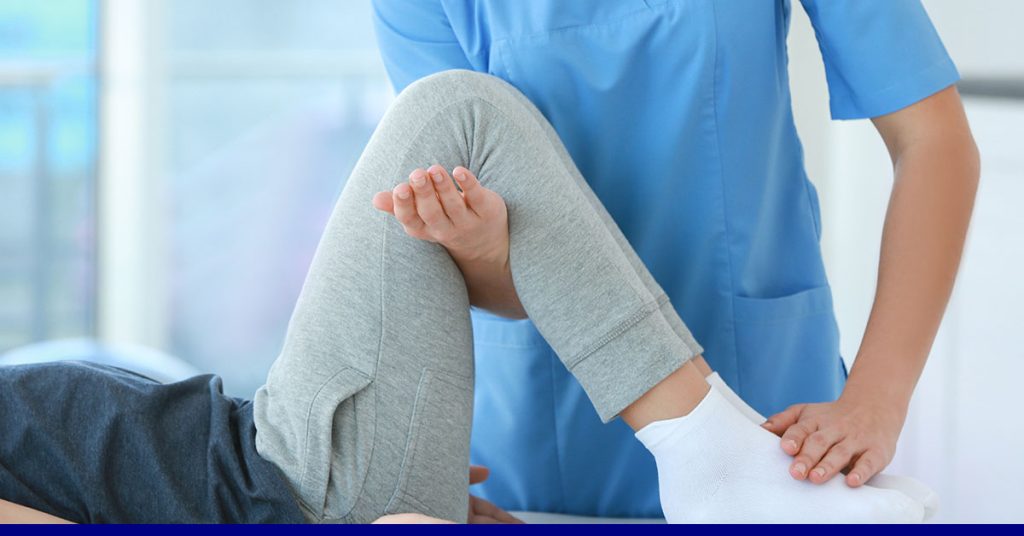Athletes of all ages, shapes, and sizes can experience injuries and get hurt. Whether in practice, training, or learning a new skill, professional athletes, young adults, and emerging youth athletes are often injured due to the high stress and demands placed upon the body. After getting hurt, athletes must rehabilitate the injury and condition their bodies to prevent re-injury.
Key benefits of sports physical therapy:
1.Improved range of motion
In live athletics, joints are taken to the very edge of the tissue’s strength. It is where injured tissues can give out and be torn or injured. When an athlete has to return to a sport, an advanced physical therapist at Issaquah Physical therapy must take the patient to the edge of tissue overload to prepare the tissue for live athletics. Physical therapists must push an athlete’s joints to their very end and ensure no pain, resistance, laxity, or apprehension, which helps improve an athlete’s range of motion.
- Neuromuscular control
Coordinating the various body parts to work together is the job of sports medicine physical therapists. During neuromuscular coordination, the focus is on the movements of the joints by the muscles, tendons, and nerves. By focusing on these body parts, the injured athlete prepares to return to sports activities by increasing movement speed during exercises and progressively adding weight.
3.Muscle balancing
Athletes often move in all directions to perfect their sport and play at a high level. Unfortunately, it can lead to repetitive training. When this happens, emphasized muscles can be overworked compared to their counterpart, becoming the dominant muscle group. Therefore, in addition to sport-specific training, athletes must train muscle groups to balance the load on joints and tendons and create synergy in the body to avoid injury and return to live athletics.
4.Power, strength, and speed
Depending on an athlete’s sport, many different power, strength, and speed combinations can be required. To maximize muscular strength and size (hypertrophy), athletes must load their muscles with heavier weights, increase their sets and reduce the repetitions per set.
5.Joint Torque
Rotational load at high velocity is paramount for return to almost any sport. Therefore, generating and controlling this rotational force over joints and body parts is one of the main focuses of sports physical therapy that will benefit athletes. It includes manual therapy and functional exercise progression, starting with single-plane movements and progressing to multi-plan and multi-joint motions.
When to seek advice and treatment from an elite sports physical therapy specialist:
Professional and emerging athletes should seek advice and treatment from an elite sports physical therapy specialist when they have:
- A Limited Ability to Participate in Sports.
- Early Sports Injury Treatment.
- Sports Injury Prevention
Helping you get back to your sport with improved performance:
At sports physical therapy , we believe injuries shouldn’t stop you from playing a sport you love. But most injuries don’t just go away on their own. Physical therapy can help you heal from the injury, improve your range of motion, enhance your technique, and help you regain the power, strength, and speed you need to succeed at your sport again. Our elite sports physical therapists can help you accomplish those goals.
Among the above, exercises, stretches, and holds are most commonly used in physical therapy sessions. In addition, many Bellevue rehabilitation centers provide personalized services to meet a person’s particular needs and help fix their issues.
A modern physical therapy rehabilitation center is based on scientific approaches that trigger a particular part or muscle of the body and help relieve soreness in that area.
You can book a session at physical therapy clinics and get sports physical therapy at Bellevue by contacting them through their website or personally visiting them in their office.




